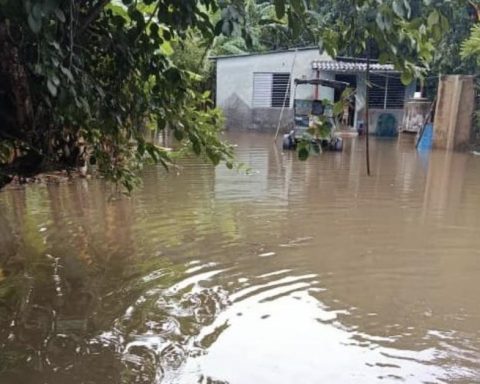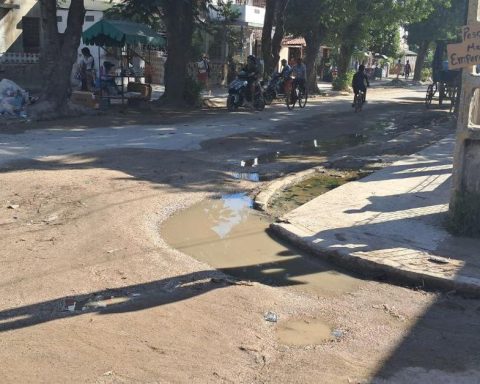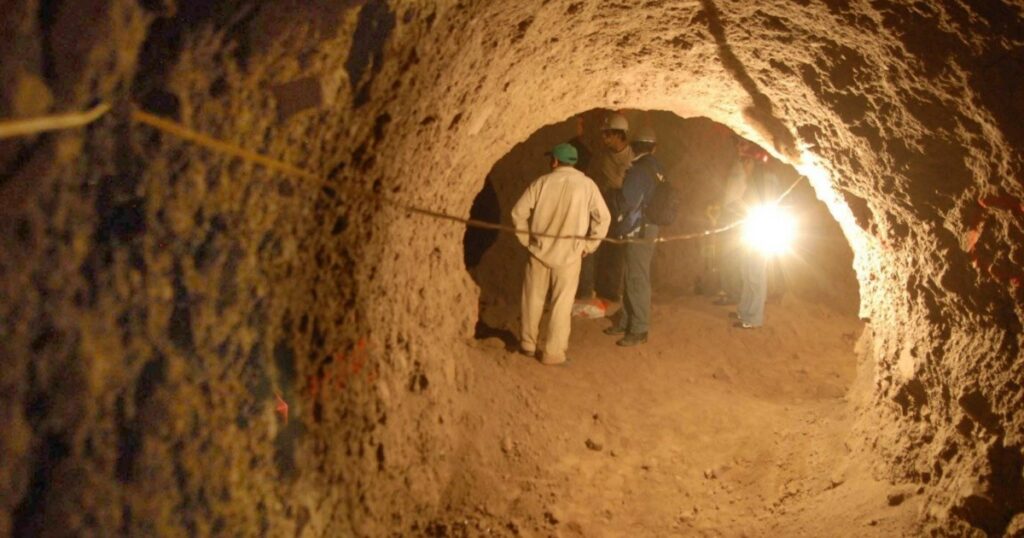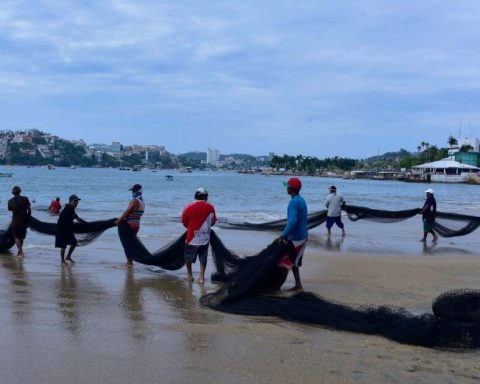No less than 535 Cubans crossed the Rio Grande at the same time this Thursday through the state of Piedras Negras, before turning themselves in to the Border Patrol in Eagle Pass, Texas. The natives of the Island were gathered in an area near the Lehmann ranch together with 74 other migrants from Nicaragua, 49 from Colombia, three from Ecuador and three from Mexico and 12 unaccompanied children.
While their data was taken from the undocumented, the journalist from foxnews, Bill Melugin, reported on his social networks that the group was made up of almost 700 migrants. “Border Patrol had taken several full buses by the time our team arrived on the scene,” he said.
This is the largest group that has been documented to arrive at Eagle Pass to date. Maverick County Sheriff Tom Schmerber acknowledged in an interview with the local media Plinth the migratory crisis that the region is experiencing, warning of the arrival of more migrants, who have been located on the Piedras Negras side waiting for night to fall to cross the Rio Grande.
NEW: An enormous single group of nearly 700 migrants crossed illegally into Eagle Pass, TX during the pre-dawn hours this morning, almost all of them single adults. Several busloads of migrants had been transported away by Border Patrol by the time our team got on scene. @FoxNews pic.twitter.com/clt1WQ52jl
— Bill Melugin (@BillFOXLA) December 8, 2022
Hours later, the communicator reported two other groups that were being registered by the Border Patrol for processing. “Approximately 1,000 migrants have just crossed into the Eagle Pass area illegally,” posted on his Twitter account.
The US official attributed the migratory avalanche to networks of coyotes who operate in total “impunity” on the Mexican side of Piedras Negras and Acuña. “There are more than 100 polleros who traffic and have protection from police corporations,” denounced Schmerber. When it is not possible because of the river, human traffickers “hide people in trucks” and after crossing the border they leave the migrants to turn themselves in and continue their process.”If they get deported or detained, that’s not their problem anymore.”
Among the Border Patrol targets, the sheriff identified people from Michoacán and Zacatecas, who he named by their aliases. the samurai, The rooster, The father Y The consul, who have ranches and houses in Piedras Negras. Migrants are taken to these sites and remain there until they cross over the Rio Grande.
José Quintana arrived in Acuña along with his sister Marisleydis on Sunday. These Cubans were detained on November 14 at a hotel in Mexico City and, despite having an amparo, they were admitted to the Las Agujas immigration station. After five days they were released. “We have family in Texas and they are looking at how to move us. I think it will be through the river, but people say it is dangerous,” Quintana told 14ymedio.
This native of Havana mentioned that the hotels are in collusion with coyotes and policemen. “If you don’t pay to go through, they will hand you over and threaten you with repatriation,” for this reason, some acquaintances recommended people who are paid to live in their homes while they manage to cross into the United States.
Not all migrants who manage to cross the border turn themselves in. The communicator Bill Melugin evidenced that 130,000 people escaped from the Border Patrol in the first 10 months of the year. In November there were “at least 73,000 people who evaded the control of the officers, which represents a daily average of at least 2,400 illegal immigrants.”
The exodus of Cubans to the US continues to show record numberswith a record of 29,872 who entered illegally last October, a number that exceeds the 26,730 who entered in September, according to data from the United States Customs and Border Protection (CBP, for its acronym in English).
According to data from the US Department of Customs and Border Protection, 224,000 Cuban migrants arrived in the last year.
________________________
Collaborate with our work:
The team of 14ymedio He is committed to doing serious journalism that reflects the reality of deep Cuba. Thank you for accompanying us on this long road. We invite you to continue supporting us, but this time becoming a member of our newspaper. Together we can continue transforming journalism in Cuba.


















